Snakes follow floodwaters into houses to seek shelter
Prolonged heavy rains over a large area have caused serious flooding in some northern provinces and cities of our country. The rising floodwaters have not only isolated many areas and made it difficult to supply essential goods, but people also have to face another danger from nature: snake bites.
Snakes often swim along flood waters to find high places to hide.
In fact, snakes are very good swimmers, so many venomous snakes that live far from residential areas can also drift along flood waters to places where people live, leading to the risk of confrontation between snakes and humans.
Extremely poisonous krait followed flood water into the house ( Video : Baby Boo).
According to Master Nguyen Van Tan - Researcher at Duy Tan University ( Da Nang ), an expert in researching and classifying reptiles and amphibians, preventing snakes from swimming or crawling into houses with floodwaters is impossible, in the context that animals also need to find shelter when natural disasters occur.
What to do when you find a snake crawling into your house with flood water?
Master Nguyen Van Tan said the most important thing is that people need to know how to identify and distinguish between snakes that are dangerous to humans and harmless snakes in order to have appropriate treatment options.
However, Master Tan also admitted that identifying snakes is not easy, especially for those without in-depth knowledge and expertise.
In case people have enough knowledge or can identify common snake species to know that it is a harmless, non-dangerous snake, people can let the snake go away on its own.

A family discovered a cobra stuck in rat glue while cleaning up the flood (Photo: SIFASV).
In case the snake entering the house can be identified as a venomous snake or it is unclear what kind of snake it is, whether it is dangerous to humans or not, the thing to do is to deal with the animal before it hides in hidden corners or hides in places where it can attack humans.
However, not every family has the tools to handle snakes or not everyone is skillful enough to deal with snakes crawling into the house. People can ask for help from neighbors who are capable of catching or handling snakes.
In cases where it is not possible to capture or move the snake elsewhere to avoid danger, people can choose the last resort of finding a way to destroy the animal to ensure the safety of themselves and their families.
Master Tan said people need to be flexible in order to have appropriate handling when discovering snakes swimming into their homes with floodwaters. The most important thing is to keep people safe.
In addition, people should also use phones or recording devices to save images of snakes. Images of snakes recorded will be very useful in case of snake bites, helping doctors have treatment plans and use the appropriate antivenom serum for each group of venomous snakes.
What to do if you are bitten by a snake while avoiding the flood?
Being bitten by a venomous snake during the storm and flood season is a very serious accident because it is difficult for the victim to access timely and adequate medical care.
The best way to avoid this situation is still "prevention is better than cure", which means people should carefully observe the area around them to avoid and take shelter from the flood. After the water recedes, it is necessary to quickly clean up the areas where snakes can hide so that they can promptly recognize if snakes appear.
During the clean-up after the flood, vigilance is also needed, using long poles and long-handled brooms to check for hidden places where snakes can hide before cleaning. People should also use gloves and rubber boots to clean up to avoid the risk of snake bites.
If you are unfortunately bitten by a snake, you need to calm the victim down, avoid excessive movement that causes the heart to beat faster, and place the bite lower than the heart to prevent the venom from spreading faster.

Cobras, kraits and banded kraits - three easily identifiable venomous snakes that can be found in abundance in the northern region of our country (Photo: iNaturalist).
Although flooding makes travel difficult, the best way to treat a venomous snake bite is to get the victim to a medical facility as soon as possible. Measures such as cutting the wound, sucking out the venom, applying medicinal leaves, etc. are ineffective and can even make the victim's condition worse.
If possible, take a photo of the snake that caused the bite and provide it to medical staff. Based on this image, it can be determined whether the snake is venomous or not, from which appropriate serum or treatment can be given.
Most importantly, people should learn about snakes to be able to identify common venomous snakes.
Some venomous snakes have easily identifiable characteristics, such as the cobra's ability to inflate its hood and raise its head, the krait's ability to have alternating black/white bands, the banded krait's ability to have alternating yellow/black bands... Readers can refer to Dan Tri 's article here to learn how to identify some common venomous snakes commonly found in Vietnam.
Source: https://dantri.com.vn/khoa-hoc/canh-bao-nguy-co-bi-ran-doc-vao-nha-can-do-nuoc-lu-dang-cao-20251010154957109.htm






![[Photo] Dan Mountain Ginseng, a precious gift from nature to Kinh Bac land](/_next/image?url=https%3A%2F%2Fvphoto.vietnam.vn%2Fthumb%2F1200x675%2Fvietnam%2Fresource%2FIMAGE%2F2025%2F11%2F30%2F1764493588163_ndo_br_anh-longform-jpg.webp&w=3840&q=75)

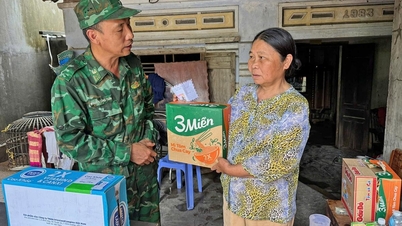

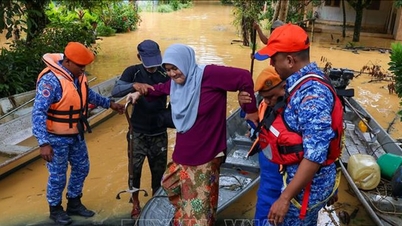



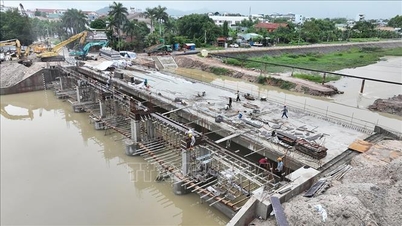

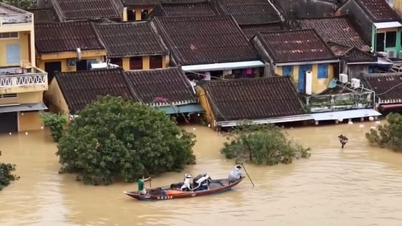

















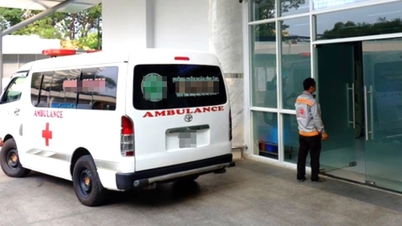





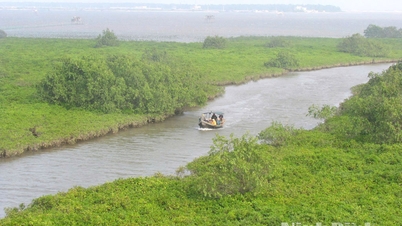














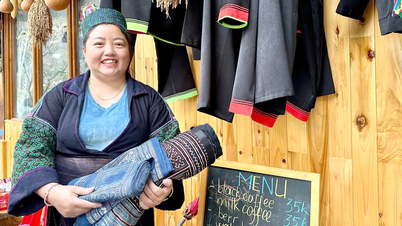





















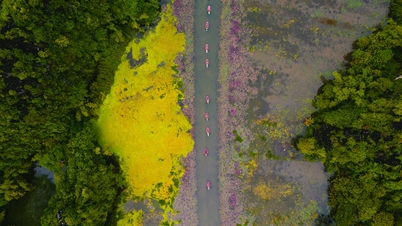



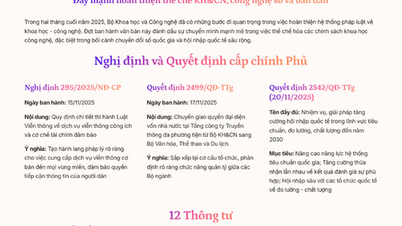









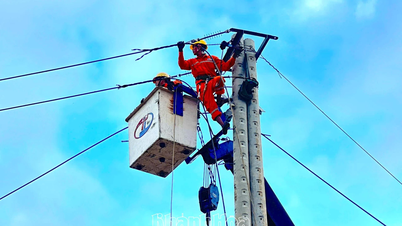




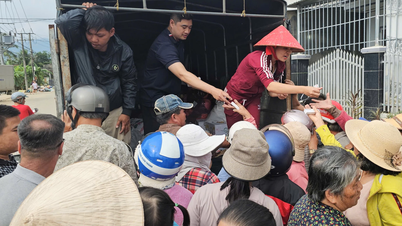








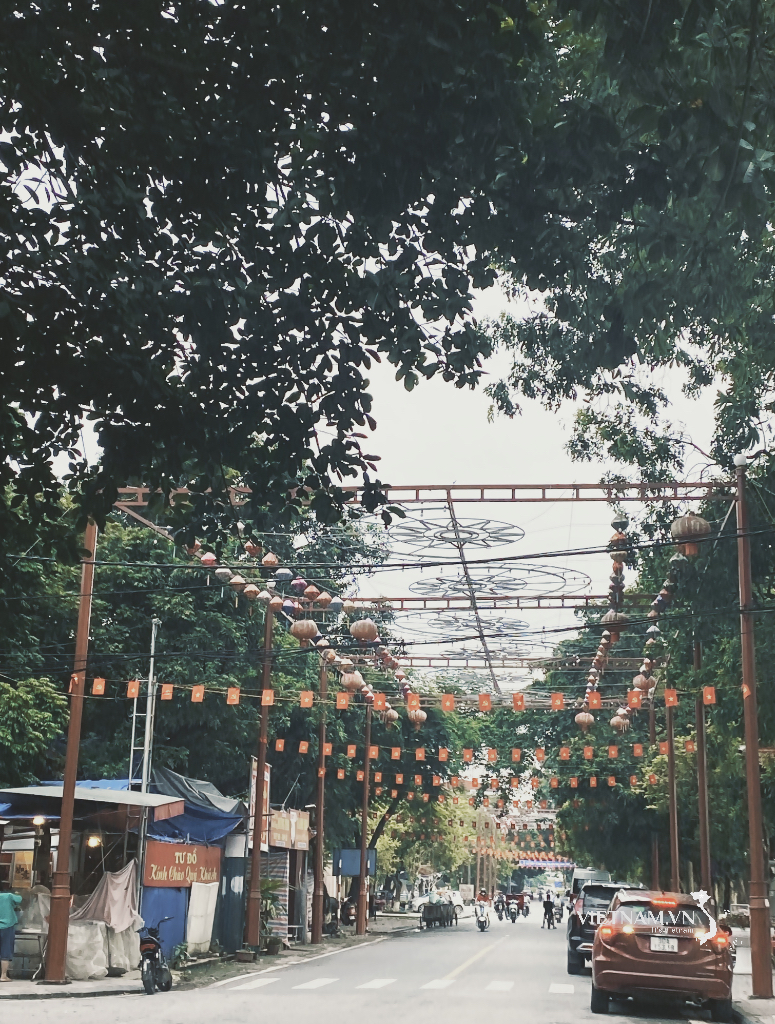



Comment (0)